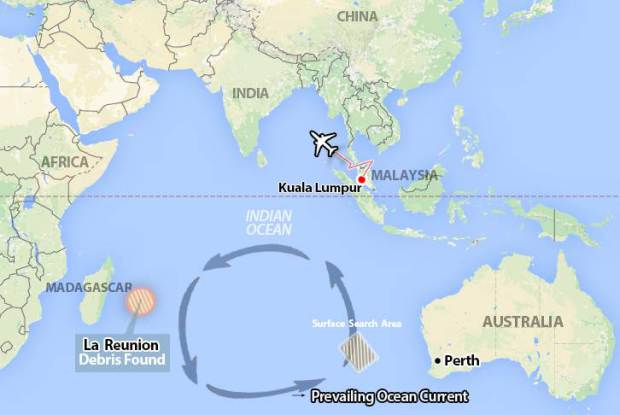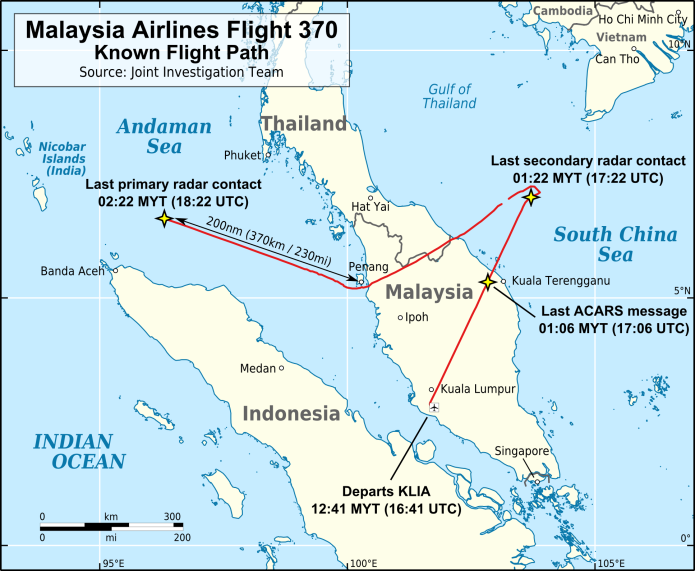On this day in 1952, Princess Elizabeth, Duchess of Edinburgh, acceded to the throne, becoming Her Majesty Queen Elizabeth II. She is the longest-reigning monarch in British history, having been Queen for 68 years. Earlier today, soldiers from the King’s Troop Royal Horse Artillery, in full dress uniform, rode from London’s Wellington Barracks past Buckingham Palace to nearby Green Park.
Seventy-one horses pulled six First World War-era 13-pounder field guns to the north of the park on Thursday, where the 41-gun salute was fired.
The bells of Westminster Abbey, the gothic church where the Queen was married and crowned, also rang out to mark Accession Day.
And at the Tower of London, the Honourable Artillery Company staged a 62-gun salute, with the extra 21 guns demonstrating the City of London’s loyalty to the 93-year-old monarch.
Queen Elizabeth II has ruled for 24,837 days, passing her Silver, Golden, Diamond and Sapphire Jubilees.
She became the United Kingdom and Commonwealth’s longest reigning monarch in September 2015, after overtaking Queen Victoria.
The Queen acceded to the throne on the death of her father King George VI. Princess Elizabeth was in Kenya on an official royal tour of what was then known as the British Commonwealth, and which was also to take in Australia and New Zealand, when she learnt that she had become Sovereign. It was a tense time for colonial-indigenous relations in many British Commonwealth countries, including Kenya, and the royal tour was aimed at shoring up flagging support for the colonizers from the colonized. By 1952 Kikuyu fighters, along with some Embu and Meru recruits, were attacking political opponents and raiding white settler farms and destroying livestock. Mau Mau supporters took oaths, binding them to their cause. In October 1952, just eight months after the royal visit, the British declared a state of emergency and began moving army reinforcements into Kenya.
Now known simply as the Commonwealth, it is today a voluntary association of 54 independent and equal countries. It is home to 2.4 billion people, and includes both advanced economies and developing countries. Maldives, a small island nation in South Asia, located in the Arabian Sea of the Indian Ocean, southwest of Sri Lanka and India, and about 1,000 kilometres from the Asian continent, became the the 54th member when it officially re-joined the Commonwealth last Saturday, having left it in 2016.
On the morning of Feb. 6, 1952, the King’s valet, James McDonald, alongside page Maurice Watts, discovered King George had died in his sleep. A doctor was called, and after he confirmed the King’s death, “Hyde Park Corner,” the code words to be used in the event of the monarch’s death, were uttered, and British Prime Minister Winston Churchill was informed at once.
It was Philip who told Elizabeth of her father’s death. They were at Sagana fishing lodge 20 miles away from the Treetops Lodge Nyeri, when he told her. The news had first reached Nairobi at offices of a local newspaper, which informed the royal household. The source of the news from Sandringham came from journalist Granville Roberts, who worked on the East African Standard in Nairobi and was covering the royal visit. Roberts said that Reuters had run a flash simply saying: “The King is dead.”
Roberts immediately asked a receptionist to fetch Lt. Col. Martin Charteris, who was Elizabeth’s private secretary, to inform him of the news the Daily Mail reported in a Jan. 9, 2012 story (https://www.dailymail.co.uk/news/article-2083889/King-George-VI-True-story-day-Queen-Elizabeth-learned-fathers-death.html)
Asked if the message was correct, he simply replied: “Quite sure.”
Roberts then telephoned Cmdr. Michael Parker, Philip’s private secretary to deliver the news, which was later confirmed by radio when Parker tuned to the BBC.
Parker awoke the Duke of Edinburgh from an afternoon nap to tell him of the death. He is said to have reacted like he had been hit by a thunderbolt. The official call was routed through a small country post office, as Elizabeth and Philip had spent the night in a jungle tree-top bungalow at Treetops Lodge Nyeri, a tree-house lodge on stilts located in the Aberdare National Park, where Elizabeth, “Clad in brown slacks and a yellow bush shirt … watched by moonlight the parade of African animals which included a rhinoceros,” United Press (UP), later to become United Press International (UPI), reported in a Feb. 6, 1952 story headlined “New ruler weeps at news of king’s death” (https://www.upi.com/Archives/1952/02/06/New-ruler-weeps-at-news-of-kings-death/5417153021042/).
The staff decided not to alarm Elizabeth until confirmation came from Buckingham Palace. It took nearly 30 minutes to get the radiotelephone call from London connection through and four hours in total before the news of her father’s death reached her.
The new Queen personally ordered a plane prepared at once for her departure for London to take her place at the head of the British Commonwealth and Empire. The plane flew them from Nanyuki, a nearby town, to Entebbe where another plane was waiting.
Meanwhile, the ensign aboard the ship Gothic, which was to leave the following day with the royal couple for Australia via Ceylon, now known as Sri Lanka, was lowered to half mast, as were all flags throughout Kenya. They were delayed by several hours by a thunderstorm in Entebbe but they left at around midnight.
During the flight, another problem arose in that the Queen’s mourning outfit had already gone ahead and she only had a floral dress to wear.
They decided to land at El Adem, Libya in North Africa to avoid British-occupied Egypt in the wake of the “Cairo Fire” (حريق القاهرة), also known as Black Saturday, on Jan. 26, 1952, marked by the burning and looting of some 750 buildings retail shops, cafes, cinemas, hotels, restaurants, theatres, nightclubs, and the city’s opera house in downtown Cairo.
A message was sent ahead and a second black outfit was taken to London airport.
Upon the flight’s arrival, the dress was taken aboard after it stopped in the remote area of the airport.
The Queen changed quickly before emerging, meeting a line-up including her uncle the Duke of Gloucester and Churchill.
Maj. Eric Sherbrooke Walker built the Treetops Lodge Nyeri in 1932 on a “mugumo” (fig) tree for his wife Lady Bettie.
A hotelier and founder also of the Outspan Hotel in Kenya, Walker was a decorated military officer who had run a bootlegging business, smuggling liquor into America during the Prohibition era, while his fiancée Lady Bettie worked as social secretary in the British Embassy in Washington. When Walker shot and wounded a corrupt state trooper who had tried to steal his cache of whiskey, the couple fled to Canada. Walker later wrote The Confessions of a Rum-Runner under the pseudonym of “James Barbican” about his life during this period.
Initially, only open on Wednesday nights to overnight guests as a night-viewing platform, it was purposely built beside a waterhole where animals would come for refreshment and natural salt lick. Treetops opened to the public Nov. 6, 1932 with two beds selling at ₤10 per person. The Treetops Lodge had grown to a three-bedroom, eight-bed lodge when Princess Elizabeth climbed into it almost 20 years later on Feb. 5, 1952 and descended the next day as Her Majesty Queen Elizabeth II.
“For the first time in the history of the world, a young girl climbed into a tree one day a princess and after having what she described as her most thrilling experience she climbed down from the tree next day a queen,” noted Jim Corbett, the famed British hunter, tracker, naturalist, and author, who hunted a number of man-eating tigers and leopards in India, but who had retired to Kenya in 1947, wrote famously in the hotel’s visitors’ register.
Elizabeth, now Queen of Kenya and of Her other Realms and Territories, Head of the Commonwealth, as her title was styled in Kenya, immediately flew home. Aged 25, many were initially skeptical about her competency, including Churchill.

Elizabeth’s succession to the throne was proclaimed at an Accession Council. This took place in St James’s Palace and was attended by members of the Privy Council, the Lord Mayor and Aldermen of the City of London.
The Accession Council met twice at St. James’s Palace: first at 5 p.m. on Wednesday, Feb. 6, before the new Queen had returned from Kenya, to make their proclamation declaring the accession of the new sovereign, as the late king’s successor in accordance with the line of succession to the British throne.
The Accession Council’s proclamation was published Feb. 6,1952 in a supplement to that day’s London Gazette.
“Upon the intimation that our late Most Gracious Sovereign King George the Sixth had died in his sleep at Sandringham in the early hours of this morning the Lords of the Privy Council assembled this day at St. James’s Palace, and gave orders for proclaiming Her present Majesty.
“WHEREAS it has pleased Almighty God to call to His Mercy our late Sovereign Lord George VI
“WE, therefore, the Lords Spiritual and Temporal of this Realm, being here assisted with these His late Majesty’s Privy Council, with representatives of other Members of the Commonwealth, with other Principal Gentlemen of Quality, with the Lord Mayor, Aldermen, and Citizens of London, do now hereby with one voice and Consent of Tongue and Heart publish and proclaim that the High and Mighty Princess Elizabeth Alexandra Mary is now, by the death of our late Sovereign of happy memory, become Queen Elizabeth the Second, by the Grace of God Queen of this Realm and of all Her other Realms and Territories, Head of the Commonwealth, Defender of the Faith, to whom Her lieges do acknowledge all Faith and constant Obedience with hearty and humble Affection, beseeching God by whom Kings and Queens do reign, to bless the Royal Princess Elizabeth the Second with long and happy Years to reign over us.
“Given at St. James’s Palace this Sixth Day of February in the year of our Lord one thousand nine hundred and fifty-two
“Brief pause for trumpets. And then shouts
“GOD SAVE THE QUEEN.”
The second meeting of the Accession Council began at 10 a.m. on Friday, Feb. 8, when the new Queen was personally present, to receive her oath for the security of the Church of Scotland and her own personal declaration, pledging that she would always work to uphold constitutional government and to advance the happiness and prosperity of her peoples all the world over.
“By the sudden death of my dear father I am called to assume the duties and responsibilities of sovereignty,” said the Queen. “My heart is too full for me to say more to you today than I shall always work, as my father did throughout his reign, to advance the happiness and prosperity of my peoples.”

Her declaration for securing the Protestant succession, as required by the 1689 Bill of Rights and the Accession Declaration Act 1910, was made later, at her first State Opening of Parliament on Nov. 4, 1952.
You can also follow me on Twitter at: https://twitter.com/jwbarker22









